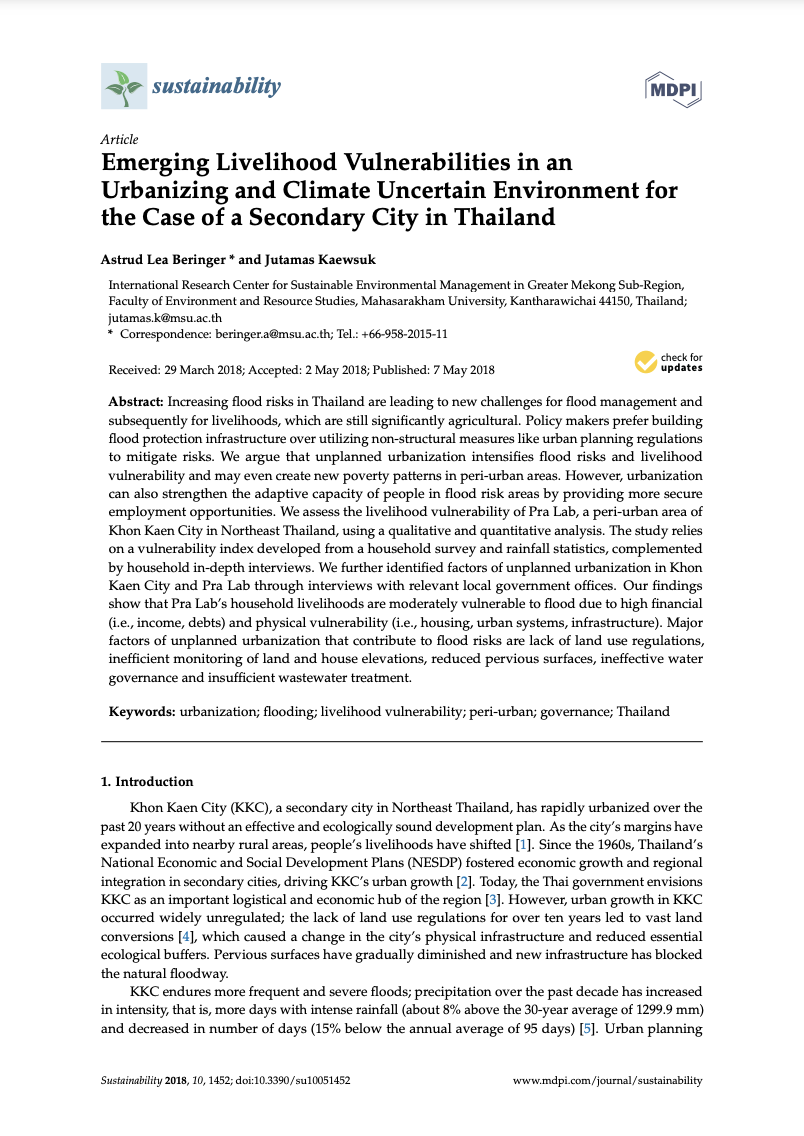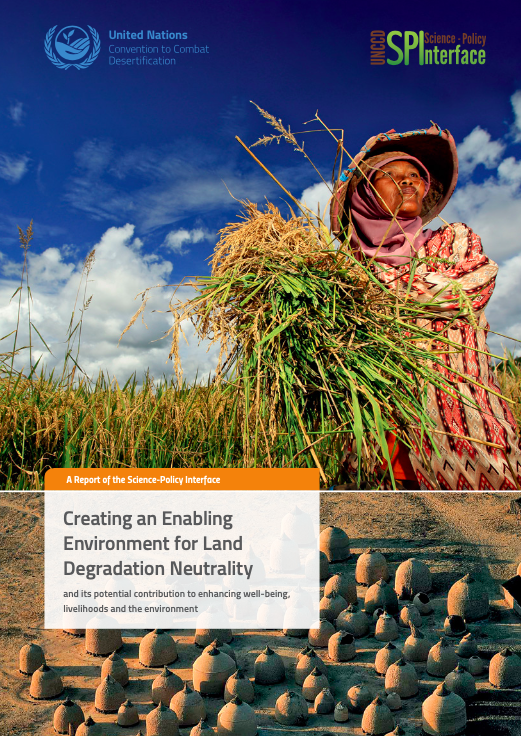Land Acquisition and the Adoption of Soil and Water Conservation Techniques: A Duration Analysis for Kenya and The Philippines
This paper analyzes the adoption behavior of smallholder farmers using comparable plot-level duration data for Kenya and The Philippines. We find that adoption behavior is strongly linked to the process of land ownership transfer. This relationship is found both for data from Kenya and The Philippines and is robust to the inclusion of observed and unobserved village, household, plot, and time factors.




